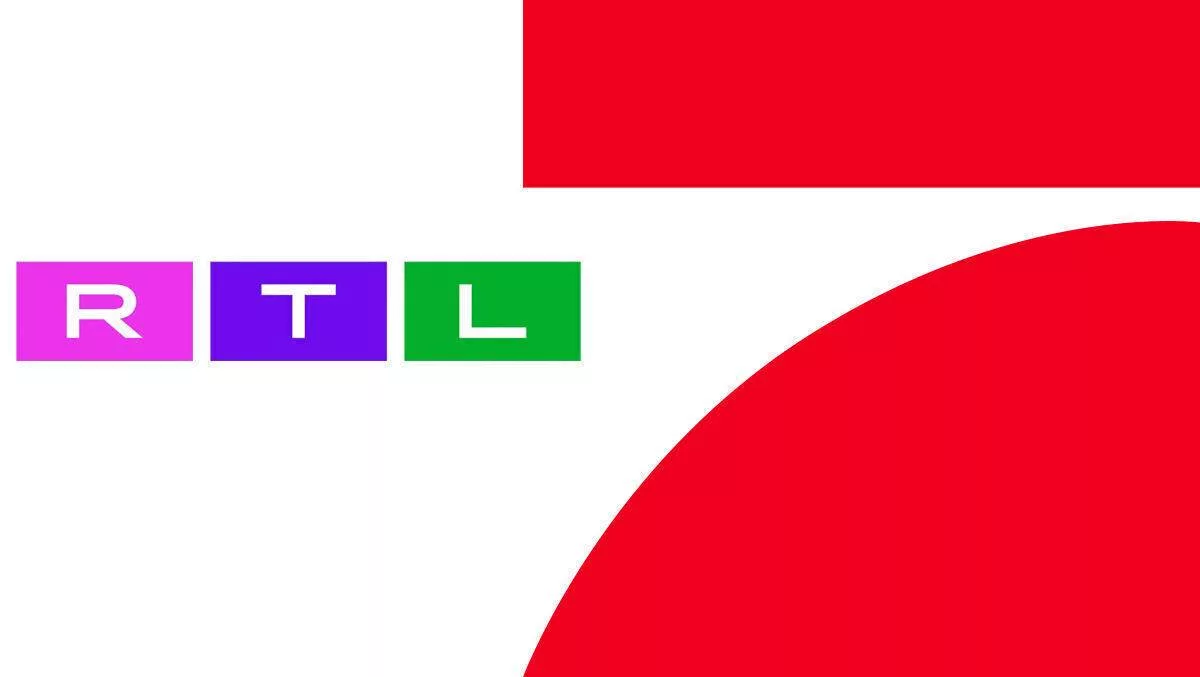German media giants RTL and ProSiebenSat.1 announced a partnership unifying their respective ad tech offerings to streamline cross-platform buying across linear TV, CTV and digital video. As economic pressures intensify globally, the advantages of Baltic broadcasters pursuing a similar unified sales platform bears consideration – but risks abound.
The RTL/ProSieben venture technically integrates infrastructure from Smartclip and Virtual Minds to enable holistic ad deployment, optimization and measurement spanning their combined content portfolios.
Potential benefits cited include greater independence from US tech giants, simplified access for advertisers planning multimedia campaigns, and unified cross-screen metrics tracking deduplicated reach and frequency. Further expansion across Europe is expected after launching regionally.
While consolidation could buoy broadcaster monetization models transitioning to cross-platform realities, careful strategizing is needed to incentivize participation without inadvertently devaluing inventory or cannibalizing revenues.
Centralized Efficiencies Amid Economic Headwinds
For Baltic broadcasters contending with recessionary ad spending cutbacks, collaborating on a centralized ad platform conceivably optimizes sales costs and streamlines operations supporting stable pricing models.
Unified management systems automating cross-screen planning, deployment, audienceapping and attribution represent crucial monetization infrastructure as legacy TV erodes. Pooling resources could accelerate innovation compared to operating separate stacks.
This projection aligns with the RTL/ProSieben goals of “rolling out a full ad tech stack” providing “easier access” and “convergence of TV and online video” per their announcement. Platform specialization enables focusing stretched resources rather than replicating commoditized pipes across companies.
However, given the smaller Baltic market scale, material efficiency gains require participation from multiple local broadcasters like TV3 Group, Helio Media, LMT and DelfiTV. Fragmentation diminishes advantages.
Cannibalization and Share Shift Risks Require Safeguards
Crucially, a shared ad platform must incentivize rather than commoditize inventory across participants. Balanced governance is essential to prevent runaway discounting or inadvertent promotion of certain suppliers.
In consolidated sales channels, algorithms optimizing deduplicated cumulative reach can systematically prioritize lower-priced publishers to hit audience targets most efficiently. Potentially marginalizing premium broadcasters’ highest-value inventory.
Clear pricing hierarchies and commitment thresholds are necessary to enforce equitable allocation based on variables like brand premiums rather than pure tonnage optimization.
Commitment terms allowing annual guaranteed budgets for participants could counteract indiscriminate yield management. Negotiating impartial representation within cross-portfolio packages similarly preserves differentiation.
And while interoperability creates opportunities to bundle complementary audiences, complete supply aggregation likely defies anti-trust scrutiny locally as with prior EU assessments.
Alternate Models Share Risk While Preserving Control
Rather than unifying monetization completely, alternate multi-tenancy models enable preserving independent ad stacks while interconnecting select functionality as needed.
For example, interconnecting audience segment definitions and frequency management systems while maintaining separate inventory allocations. This federates cross-portfolio deduplication without ceding full supply aggregation.
Premium broadcasters could also jointly develop interoperable self-service interfaces, connected TV program guides and yield-optimized auction mechanics while maintaining dedicated sales channels.
Participatory governance remains crucial to ensure equitable incentives align standardization efforts impartially.
Prioritizing cautious evolution prudently manages change rather than reckless disruption. But ultimately audience shifts across channels and platforms will compel collaboration to maintain value propositions.
Conclusion
In summary, the RTL/ProSieben ad platform unification showcases industry momentum towards simplified cross-screen monetization. While economic pressures intensify incentives for Baltic broadcasters to centralize infrastructure, complex considerations around equitable inventory treatment mandate extensive cooperation planning.
Properly balancing unified efficiencies with preserved differentiation will determine whether consolidation streamlines or cannibalizes traditionally siloed businesses. Embracing standardization and interoperability opportunistically while upholding counterbalanced incentives offers the wisest path navigating digital transformations ahead.
